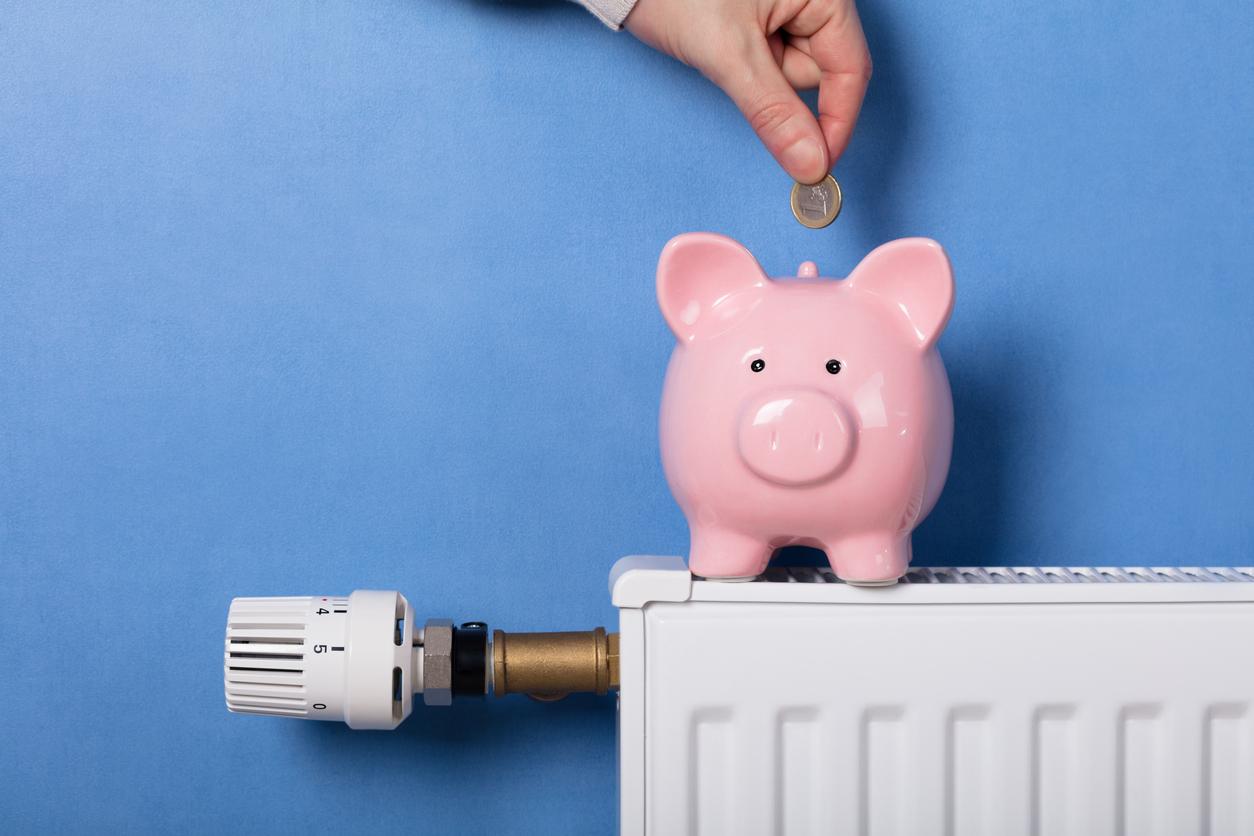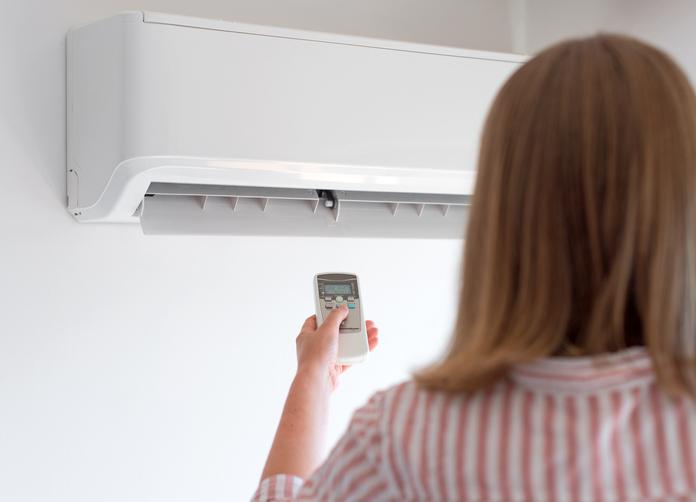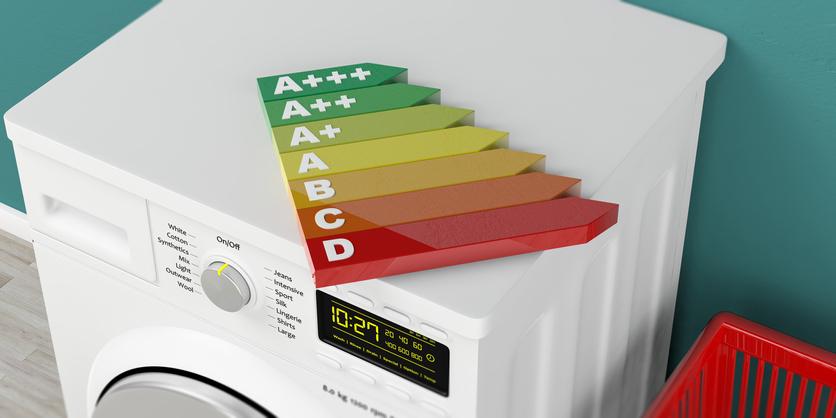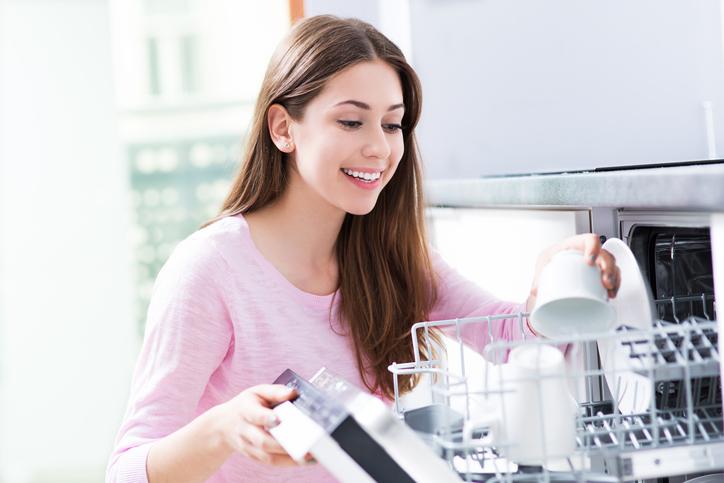Which Appliances Consume Most Power?


In today's energy-conscious world, understanding power consumption is crucial for both individuals and society as a whole. Electricity generation, distribution, and consumption have a significant impact on the environment, contributing to greenhouse gas emissions and air pollution. By identifying appliances with high energy consumption, we can make informed decisions that reduce our electricity bills, conserve resources, and promote environmental sustainability.
This article from thedailyECO highlights the top 10 household appliances that consume the most power and offers practical tips to maximize efficiency and save money on your energy bills.
Top 10 house appliences that consume the most power
1. Air conditioners
Air conditioners, especially central air conditioning units, can be among the most power-hungry appliances in a home. Air conditioners are essential for comfort and temperature regulation, but they can also be significant energy consumers, especially during hot summers. The amount of energy an air conditioner consumes depends on several factors, including the size of the unit, the climate, and the frequency of use.
Factors influencing energy consumption:
- Unit size: larger air conditioners naturally consume more energy than smaller ones.
- Climate: hotter climates require more cooling, leading to higher energy consumption.
- Usage frequency: frequent use, especially for extended periods, will increase energy consumption.
When purchasing an air conditioner, selecting an Energy Star-certified model is crucial. These models meet strict energy-efficiency standards and can significantly reduce energy consumption compared to less efficient units.
2. Electric heaters
Electric heaters, including portable electric heaters and electric baseboard heaters, are common appliances used to combat cold winters. While they provide warmth and comfort, they can also be significant energy consumers, especially in colder climates.
Furthermore, their energy efficiency can vary depending on the type of heater and its wattage. Fan heaters, for instance, are less efficient than radiant heaters as they rely on convection to circulate warm air, which can lead to heat loss.
To minimize the energy demands of electric heaters, consider these tips:
- Opt for portable electric heaters with ENERGY STAR® certification, which indicates they meet strict energy efficiency standards.
- Adjust the thermostat to a comfortable temperature and avoid setting it too high.
- Portable electric heaters are best suited for small spaces or temporary heating needs. Use them strategically to focus heat on specific areas rather than relying on them to heat the entire home.
- Improving home insulation can help retain heat, reducing the reliance on electric heaters. Seal air leaks around windows, doors, and vents to enhance insulation effectiveness.
- If possible, explore alternative heating options such as heat pumps, which can operate more efficiently than electric heaters, especially in mild climates.
3. Refrigerators and freezers
Refrigerators and freezers are essential appliances in any household, but they can also be significant energy consumers. These appliances are always on, and older models can be less energy-efficient.
The size and age of your refrigerator or freezer are major factors that influence their energy usage. Older models tend to be less efficient than newer ones, and larger appliances generally consume more power.
Here are some tips to help you reduce the energy consumption of your refrigerator and freezer:
- Choose energy-efficient models: when purchasing a new refrigerator or freezer, opt for energy-efficient models with the Energy Star label. These models use up to 20% less energy than standard refrigerators.
- Regular defrosting: defrosting your freezer regularly helps maintain optimal performance and reduces energy consumption. Frost buildup can impede airflow and increase energy needs.
- Filling the refrigerator: a well-filled refrigerator helps keep the interior temperature more stable, reducing energy consumption. Avoid leaving too much empty space, as this can cause the compressor to work harder to maintain the desired temperature.
- Proper temperature settings: adjust the temperature settings to the recommended levels. For refrigerators, the ideal temperature is between 35 and 38 degrees Fahrenheit, and for freezers, it's between 0 and 5 degrees Fahrenheit. Excess cold can unnecessarily increase energy consumption.
- Unplugging unused appliances: disconnect unused refrigerators or freezers to minimize energy consumption when not in use.
- Location: position your refrigerator or freezer away from heat sources like ovens, stoves, or direct sunlight. This helps prevent the appliance from working harder to maintain a stable temperature.
- Clean and maintain regularly: keep the condenser coils clean and free of dust and debris. Dirty coils can hinder heat dissipation, increasing energy consumption.
- Inspect door seals: regularly check the door seals for any gaps or tears. Properly sealed doors ensure optimal temperature retention and reduce energy loss.
- Adjust airflow: check for any obstructions or blockages in the air vents around the refrigerator or freezer. Proper airflow allows for efficient temperature control and reduces energy consumption.
To further optimize your energy efficiency, delve into the world of thermal insulation materials in our other article.

4. Water heaters
Water heaters account for a substantial portion of household energy consumption. Different types of water heaters have varying energy requirements.
- Conventional electric water heaters: these heaters are the most common but also the least energy-efficient.
- Heat pump water heaters: these heaters extract heat from the surrounding air, making them more energy-efficient than conventional electric water heaters.
- Gas water heaters: these heaters are generally more efficient than electric water heaters but can emit greenhouse gases if not properly maintained.
Strategies for reducing energy use:
- Install a tankless water heater: tankless water heaters only heat water on demand, eliminating energy consumption when not in use.
- Insulate water pipes: proper insulation can prevent heat loss from water pipes, reducing the amount of energy needed to heat water.
- Install a water-efficient showerhead and faucet aerators: these fixtures can significantly reduce water consumption, leading to lower energy costs for heating water.
5. Clothes dryers
Clothes dryers are another major energy consumer in many households. Electric clothes dryers use a significant amount of energy, especially when compared to more energy-efficient alternatives like air-drying or gas dryers. Here are some energy efficient methods to reduce excessive consumption:
- Utilize the air-dry setting: air-drying is the most energy-efficient drying method.
- Reduce drying time: overloading the dryer can extend drying time, increasing energy consumption.
- Choose the right cycle: use the appropriate drying cycle based on the type of fabric and drying needs.
- Regularly clean the lint filter: a clogged lint filter can reduce airflow and increase drying time.
- Clean the condenser coils: the condenser coils are responsible for removing heat from the dryer, and regular cleaning ensures optimal performance and efficiency.
6. Ovens and stoves
Ovens and stoves are essential appliances for cooking meals, but they can also be significant energy consumers. Electric ovens and stoves can consume a considerable amount of energy, especially when operating at high temperatures.
Gas ovens and stoves are generally more efficient than electric models, as they convert energy from natural gas directly into heat. Electric ovens and stoves, on the other hand, convert electricity into heat through resistance heating, which is less efficient. However, gas stoves may produce emissions if using natural gas.
Here are some smart cooking practices that can help you reduce energy consumption when using ovens and stoves:
- Preheat the oven and stove only when necessary.
- Use the right cookware size for the amount of food you're cooking.
- Cover pots and pans tightly to retain heat and reduce cooking time.
- Use the lowest heat setting possible for slow cooking.
Curious about the energy sources behind our appliances? Dive deeper into the world of renewable and non-renewable energies in our other article.

7. Dishwashers
Dishwashers can significantly reduce the amount of time and energy spent washing dishes by hand. However, they can also be energy-intensive if not used efficiently. Here are some water and energy consumption considerations:
- Choose models with high water efficiency ratings.
- Only run the dishwasher when it's full.
- Clean the dishwasher filters regularly.
8. Microwaves
Microwaves are generally more efficient than traditional cooking methods like the oven, as they cook food directly rather than heating up the entire oven or stove. Additionally, microwave cooking can reduce the amount of water used for cooking compared to traditional methods.
In addition to ovens, stoves, and microwaves, there are several other cooking methods that can be energy-efficient and healthy. These include:
- Slow cookers: slow cookers use a lower cooking temperature, which can help preserve nutrients and reduce energy consumption.
- Induction cooktops: induction cooktops efficiently transfer heat directly to pots and pans, requiring less energy than traditional electric or gas cooktops.
- Steaming: steaming is a healthy and energy-efficient way to cook vegetables and other foods.

9. Televisions
Televisions have become an integral part of modern households, offering entertainment and information. However, their energy consumption can be significant, especially for large-screen models and those with high brightness settings. According to the U.S. Department of Energy, TVs account for around 1% of average household electricity use.
Several factors influence the power consumption of televisions:
- Larger screens typically consume more power due to the increased number of pixels and the higher energy required to illuminate a larger area.
- Higher brightness settings demand more power to produce a brighter image.
- Older models with outdated technology tend to be less energy-efficient than newer ones with advanced features and energy-saving modes.
- Continuously keeping the TV on, especially at high brightness levels, can significantly increase energy consumption.
- Even when turned off, some TVs still consume power in standby mode. Disabling standby mode can help reduce energy consumption.
Several strategies can minimize the energy consumption of your television:
- When purchasing a new television, opt for Energy Star® certified models, which meet strict energy efficiency standards.
- Lower the brightness setting to a comfortable level to reduce power consumption without compromising visual quality.
- Take advantage of energy-saving modes that automatically adjust brightness and power consumption based on the content being displayed.
- When not using the television, completely unplug it to eliminate standby power consumption. Also, turn off the TV when not actively watching to conserve energy.
10. Desktop computers
Desktop computers, with their powerful processors and graphics cards, can be significant energy consumers, especially if they are high-performance models. Furthermore, traditional desktop computers can consume more power than laptops.
Here are some tips to minimize the energy consumption of your desktop computer:
- When upgrading or purchasing new components, consider energy-efficient options that consume less power without compromising performance.
- If possible, adjust processor and graphics card settings to reduce power consumption when not in use.
- Close unnecessary programs and applications to reduce background activity, which can lower energy consumption.
- Schedule file transfers or large data processing tasks during off-peak hours to minimize power consumption during peak usage periods.
- Utilize sleep mode when taking short breaks from the computer, and use hibernation mode when not using the computer for an extended period.
- Consider upgrading to an energy-efficient power supply unit (PSU) that can deliver the necessary power while minimizing energy consumption.
Want to understand how your power consumption impacts the world around you? Dive into the fascinating world of electricity generation in our other article.

If you want to read similar articles to Which Appliances Consume Most Power?, we recommend you visit our Energy saving category.









